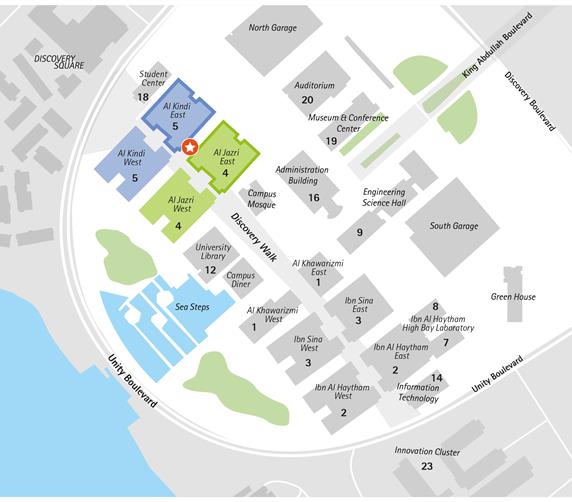Nov 2025
Experimental investigation of solubility and capillary trapping mechanisms for the geological sequestration of carbon dioxide
.png?sfvrsn=df108d51_1)
Committee Members Information
- Ph.D. Advisor: Hussein Hoteit
- External Examiner: Hassan Hassanzadeh
- Committee Chair: Tadd Truscott
- 4th Committee Member: Bicheng Yan
Abstract
The accelerating rise of anthropogenic carbon dioxide (CO₂) emissions presents a critical challenge to global climate stability, highlighting the urgency of deploying efficient carbon capture, utilization, and sequestration (CCUS) technologies. Among available options, geological sequestration in saline aquifers is a highly viable approach, where multiple trapping mechanisms contribute to long-term sequestration security. This dissertation presents an experimental investigation into the fundamental physical and chemical interactions of CO₂ with aqueous phases, including fresh water, brine, and colloidal dispersions, with a particular focus on mass transfer phenomena within porous media. First, an optical method based on transmitted light intensity was developed to qualitatively and quantitatively assess the CO₂ dissolution dynamics. This approach enables direct visualization of mass transfer mechanisms such as molecular diffusion and convective mixing. It provides insights into the interplay of salinity, porous structure, and dissolution mechanisms. Complementing this, a modified pressure-decay method was introduced to estimate values of the molecular diffusion coefficient of CO₂ in water and brine under conditions designed to mitigate density-driven convection. A series of experiments was systematically performed to examine the effects of salinity, pressure, and grain size. The estimated diffusion coefficient values are consistent with existing literature. Further research was conducted using water-saturated microfluidic chips to observe pore-scale displacement processes under reservoir-relevant conditions. Experiments evaluated the influence of distinct thermodynamic phases of CO2 on flow dynamics. We investigate the invasion patterns of CO2 within the porous network and corresponding imbibition and capillary trapping. In addition, pore-scale nucleation and growth of exsolved CO₂ resulting from controlled depressurization were analyzed. Finally, this thesis explores the potential utilization of CO2 in reservoir conformance control applications. First, the gelation kinetics of colloidal silica using a sodium silicate-based activator was systematically investigated, leading to the development of an Arrhenius-based analytical model for predicting gelation times under varying temperature and nanoparticle concentrations. Second, the potential of CO₂-induced gelation of colloidal silica was assessed, revealing the role of nanoparticle size and concentration in determining gel strength and structural integrity. In summary, this dissertation introduces novel experimental methodologies and delivers fundamental insights into CO2 mass transfer and fluid-rock interactions relevant to geological carbon sequestration and conformance control technologies.
